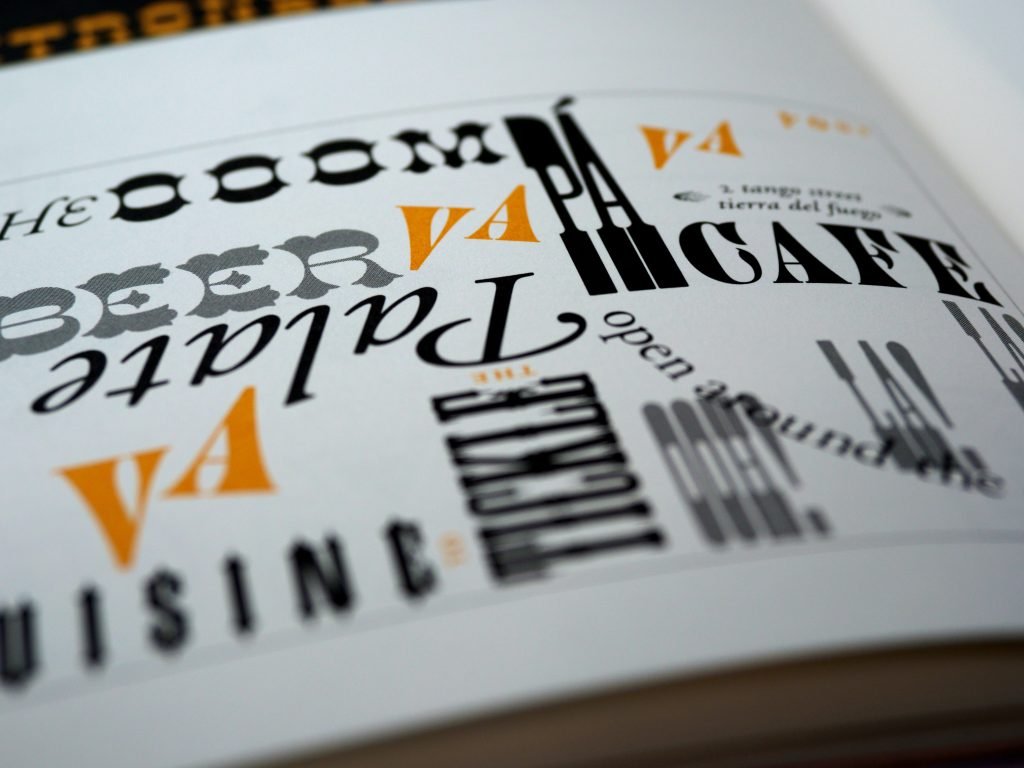Mastering Web Typography for UX Design
Typography plays a pivotal role in website design, influencing various aspects of UI design such as usability, accessibility, branding, readability, and aesthetics. This article delves into the world of website typography for UX design, covering essential terminology, basic principles, and advanced techniques that designers can employ to enhance their design decisions.
In the ever-evolving landscape of web design, where user experience reigns supreme, the significance of typography cannot be overstated. Beyond mere aesthetics, typography is the silent conductor orchestrating the symphony of a website’s visual elements, influencing how users navigate, interpret information, and connect with the brand.
Why Typography Matters in Web Design:
Typography significantly shapes the user experience, aesthetics, and accessibility of a website. Well-crafted typography establishes a visual hierarchy that guides users through the interface, reinforcing the message and brand identity. By making intentional choices in typefaces, sizes, and spacing, designers can create visually appealing web pages that effectively convey information and engage users.



Understanding Typography, Typefaces, and Fonts:
- Typography as a Concept: It encompasses the overall design, layout, and appearance of text in digital or print media, including elements like typeface selection, size, spacing, and alignment.
- Typeface vs. Font: A typeface is a collection of characters with consistent design, while a font is a specific variation within a typeface, representing a particular style, weight, and size.
Typography Basics:
- Anatomy of Typefaces: Key terms include baseline, cap height, x-height, ascender, descender, serif, and counter.
- Typeface Classifications: Serif, sans-serif, slab-serif, script, and monospace, each with unique characteristics and applications.
- Font Formats: TrueType, OpenType, and Web Open Font Format (WOFF/WOFF2) – optimizing for different display environments.
Choosing the Right Typeface:
- Legibility and Readability: Selecting fonts with clear characters, balanced x-height, and spacing for easy consumption.
- Tone and Brand Identity: Aligning typefaces with brand personality to evoke specific emotions.
- Typeface Pairing and Contrast: Establishing visual harmony and hierarchy by combining complementary typefaces.
- Font Licensing: Understanding and complying with licensing agreements and legal considerations.
Web Font Performance and Optimization:
- Font Delivery Methods: Self-hosting vs. web font services.
- Optimizing Font Files: Minimizing size for improved web performance.
- Font Loading Strategies: Utilizing techniques like preloading and asynchronous loading.
- Cross-Platform Rendering: Ensuring consistent typography across browsers and devices.
Typography & Responsive Design:
- Fluid Typography and Viewport Units: Using viewport units for adaptive and scalable typography.
- Media Queries and Breakpoints: Adjusting typography styles for different screen sizes.
- Modular Scales and Typographic Systems: Maintaining consistency in proportions for various text elements.
- Vertical Rhythm and Line Height: Establishing a visually balanced layout for seamless content flow.
Web Typography Accessibility:
- Font Color Contrast: Ensuring readability with sufficient color contrast.
- Font Size and Scaling: Choosing appropriate sizes and scaling for diverse devices.
- Supporting Screen Readers: Designing typography compatible with assistive technologies.
- Internationalization and Localization: Considering cultural contexts, reading directions, and language support.
Mastering web typography is fundamental for creating user-friendly, visually compelling digital experiences. Designers who invest time and effort in refining typography contribute significantly to user satisfaction, engagement, and retention. Whether it’s making informed choices about typefaces or optimizing font performance, a thoughtful approach to typography enhances the overall success of a web design project.







